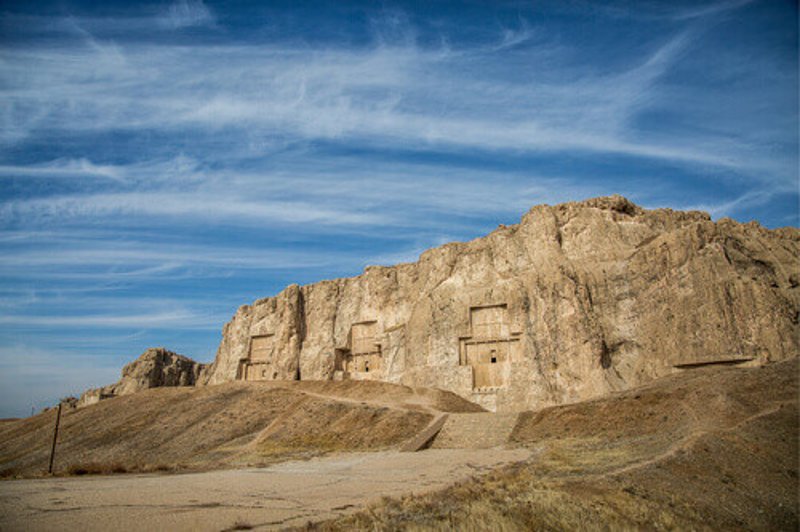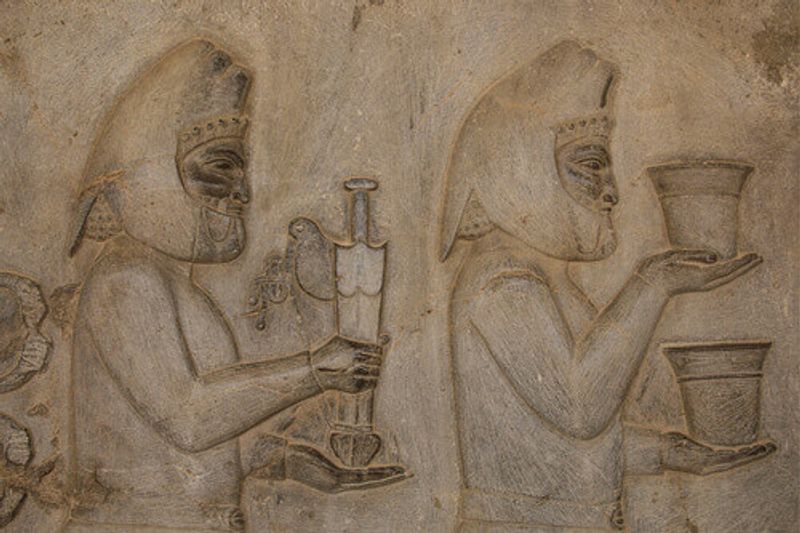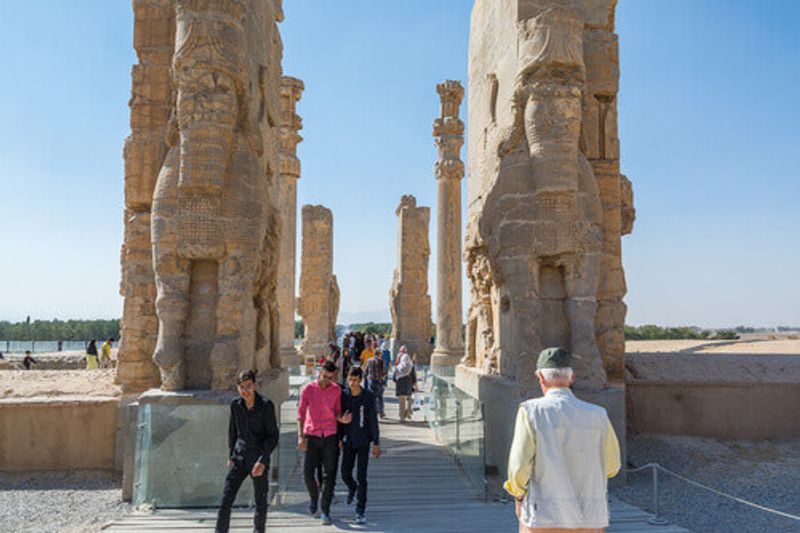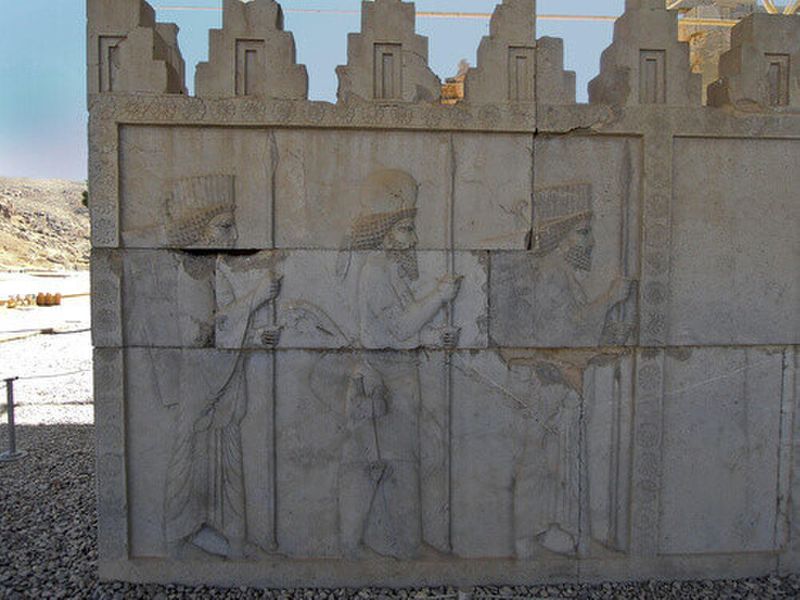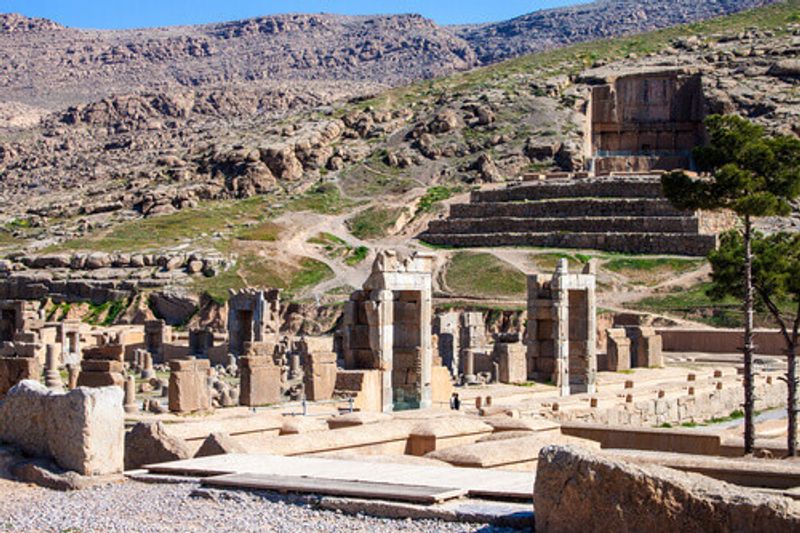The beautiful friezes, sculptures and ruins of this ancient capital show the scale of the Persian Empire’s influence
The ancient city of Persepolis was one of four centres of the Persian Empire that spanned from Egypt to India at its peak. The capitals of Susa, Babylon and Ecbatana (modern Hamadan) were the capitals from which the empire was ruled but Persepolis’ remote, mountainous location meant that it was not used for ruling but was a ceremonial capital to celebrate Nowruz, the Persian New Year, and to welcome delegates from overseas.
The name Persepolis even means the ‘City of Persian’s’ such was its importance in the empire. The location for this imposing man-made city was picked by Cyrus the Great (600 BCE to 530 BCE) the founder of the Achaemenid Empire in 550 BCE. He chose Persepolis due to its beautiful natural surroundings that would inspire awe in visitors from afar.
It is Cyrus’ successor, Darius 1 (550-487BCE) who has been credited for designing and building the majority of the city, with his successors in turn adding temples, palaces and tombs after his death. The challenging feat of creating this city in this dry arid, mountainous land involved an incredible amount of work not only from carving out a chunk of Rahmat Mountain to create one side, but also building a vast 125,000 sqm terrace, levelled out with stone.
The city was not to last however, as in 330 BCE, just 120 years after it had been created it was sacked by Alexander the Great in revenge for the Persian sacking of Athens 150 years before in 480 BCE.
Although some of the city was built in wood, the stone terraces, stairways and pillars have stood the test of time and are one of the few remaining examples of the Achaemenid architectural style.
The city is a representation of the power and wealth of the empire at the time. Tiles from Babylon, gems from India, cedar woods from Lebanon, were all used in the construction of this great wonder of the ancient world. The Persian columns, carved wall relieves, exotic staircases and gateways that make up this grand architectural city plan would bring awe to any visitors who would have witnessed it at its heyday 2,500 years ago.
Visitors today approach the city in the same way military elites and dignitaries would have approached it centuries ago. A tree-lined avenue emerges out of the dusty plane leading to the Grand Staircase. One hundred and eleven steps shallow steps (allowing guests a graceful entry) are carved from massive blocks of stone leading up to the Gate of All Nations, guarded by two huge mythical hoofed figures. Inscriptions are written in three languages – Old Persian, Neo-Babylonian and Elamite – showing the geographical expanse of the Achaemenid Empire.
Ruins of the Palace of 100 Columns, and Apadana Palace that once received the military elites and kings and princes from around the empire show the importance of this ceremonial palaces. And the history of the city is literally written on the wall with lists of visiting dignitaries and pictures of Zoroastrian gods, Persian kings and wealthy elites, dressed in flowing robes, carved into bas-friezes, statues and wall reliefs that are found along stairways and walls.
It is only from an aerial view near the Tomb of Artaxerxes II that the size and scale of Persepolis is revealed. This city that was – for a short spell - the most important city on earth.

